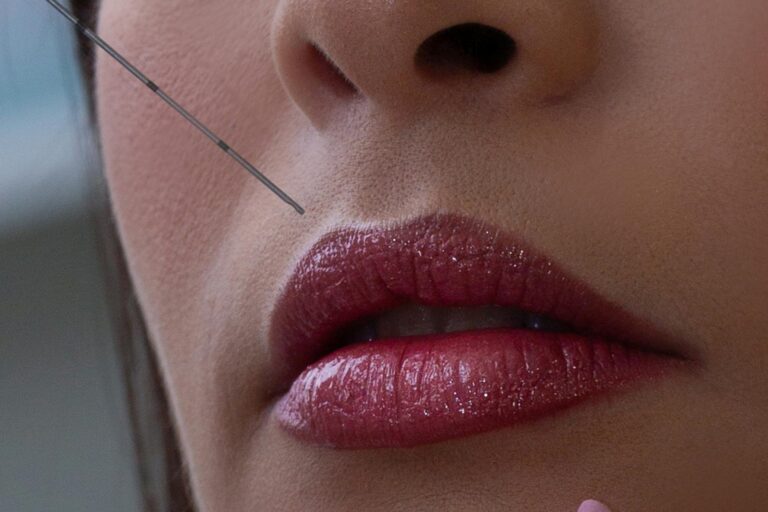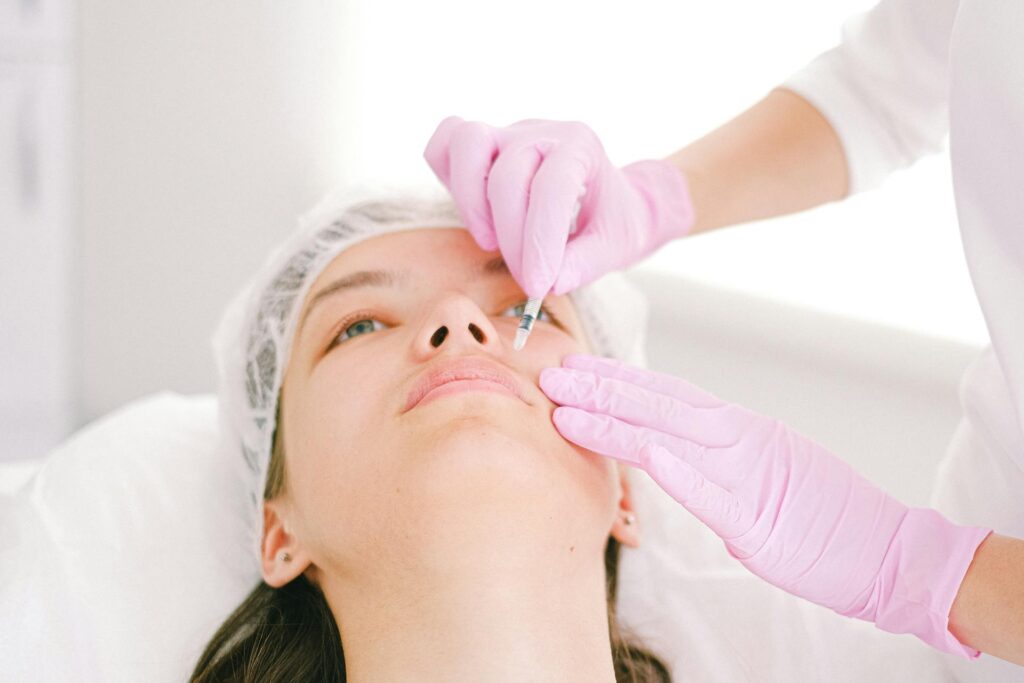
Botox has gained significant recognition, frequently linked to cosmetic enhancements and a youthful appearance. However, its uses extend well beyond aesthetics, encompassing a range of medical applications as well. But how much does Botox cost in the UK? Understanding the factors that influence its pricing is a crucial step in making an informed decision about treatment.
This guide will delve into what Botox is, its various applications, and the factors that influence its cost in the UK. Whether one is contemplating treatment for cosmetic or health-related reasons, it is essential to understand the different types available and how to select a qualified provider.
Additionally, we will discuss potential side effects and what to expect during and after treatment. Prepare to discover all the pertinent information you need about Botox!
What Is Botox?

Botox is a well-known injectable treatment that has gained significant recognition in the beauty industry for its effectiveness in reducing wrinkles and fine lines. It is a purified protein derived from the botulinum toxin, which works by temporarily paralyzing the muscles responsible for these imperfections, making it a highly effective cosmetic procedure.
Over the years, Botox has become one of the most sought-after aesthetic treatments, not only for facial rejuvenation but also for addressing various medical conditions. As consumer demand continues to rise, it is essential to understand what Botox is and how it functions, especially as we approach 2025.
What Are The Uses Of Botox?
Botox is well-known for its various applications, catering to both cosmetic and medical needs.
In terms of cosmetic treatments, Botox injections are primarily utilised for facial rejuvenation, helping to smooth out dynamic wrinkles and enhance overall appearance.
Beyond its cosmetic benefits, Botox also serves important medical purposes, such as treating chronic migraines, alleviating excessive sweating, and managing muscle spasms.
This versatility truly makes Botox a valuable asset in both the beauty industry and medical fields.
1. Cosmetic Uses
The cosmetic applications of Botox primarily concentrate on facial rejuvenation, specifically targeting areas such as the forehead, crow’s feet, and frown lines. When injected into these particular treatment areas by qualified practitioners, Botox can effectively soften the appearance of wrinkles, resulting in a smoother and more youthful appearance.
This effectiveness has contributed to its popularity in the beauty industry, establishing it as one of the leading aesthetic treatments for those looking to enhance their appearance.
Such targeted interventions can produce remarkable results, restoring a vibrant and refreshed appearance that many individuals seek as they age. However, the impressive effects of Botox are heavily reliant on the skill and experience of the practitioner administering the treatment.
It is essential to engage qualified professionals who can ensure the correct dosages and techniques are utilised, minimising the risk of adverse effects while maximising the desired results.
This commitment to quality service not only enhances the effectiveness of facial rejuvenation procedures but also instils confidence in patients, fostering trust throughout their aesthetic journeys.
2. Medical Uses
Beyond its well-known cosmetic uses, Botox has demonstrated efficacy in treating a range of medical conditions, including chronic migraines and excessive sweating, often referred to as hyperhidrosis. Patients seeking relief from these challenges frequently turn to Botox injections, finding them to be a viable solution that yields significant results and enhances their overall quality of life.
The growing understanding of Botox’s medical applications underscores its versatility within the healthcare sector.
Additionally, Botox has been successfully utilised in managing muscle spasticity, bladder dysfunction, and even temporomandibular joint disorders (TMJ). Many individuals report high levels of satisfaction following treatment, as they not only experience relief from their symptoms but also enjoy improved emotional well-being.
The significance of a comprehensive patient consultation cannot be overstated. This allows healthcare practitioners to customise treatments according to individual needs, thereby ensuring maximum effectiveness.
With ongoing research and clinical trials, the landscape of Botox’s medical applications is continually evolving, offering hope to those facing a variety of ailments.
What Is The Cost Of Botox In The UK?
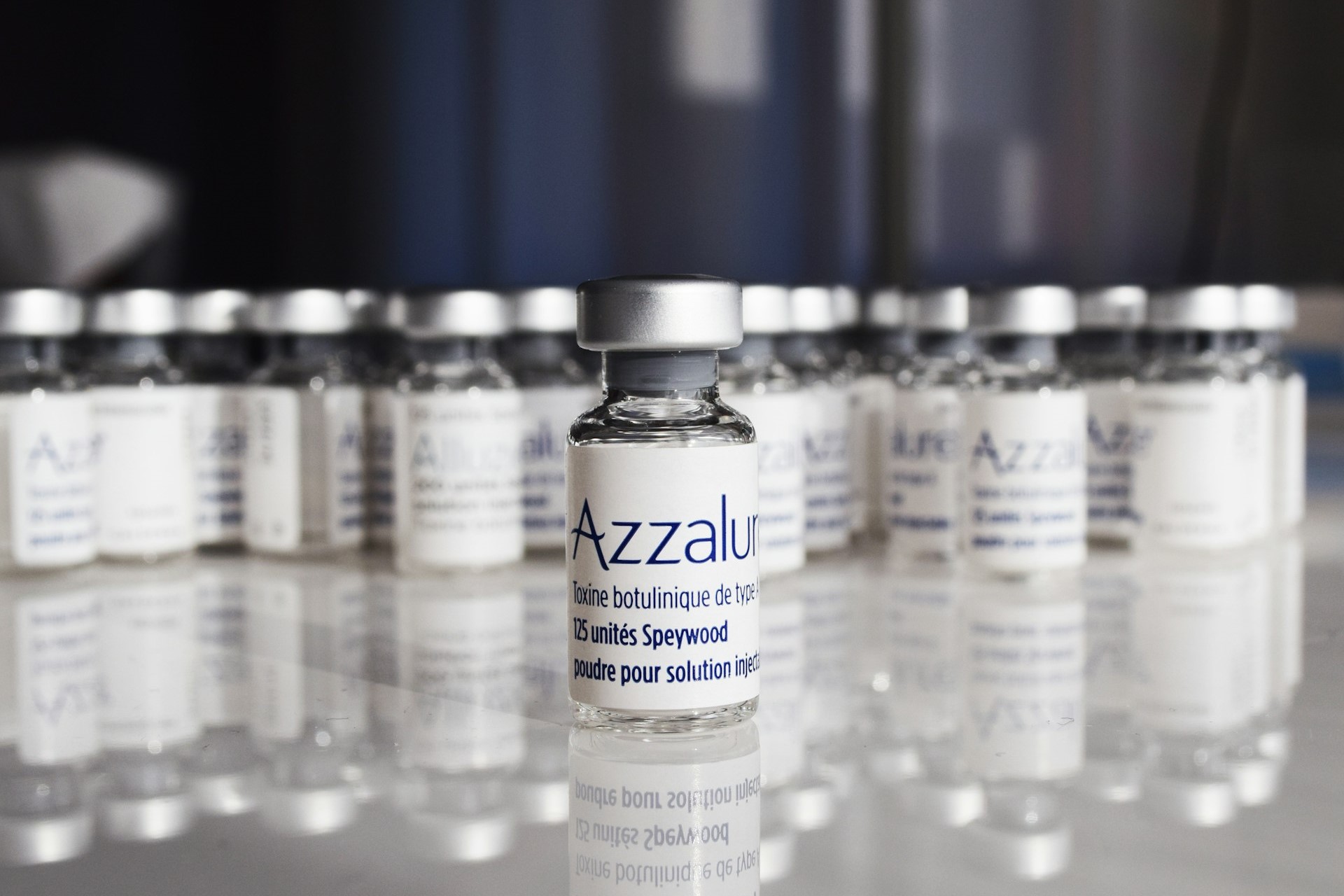
Understanding the cost of Botox in the UK is crucial for anyone considering this popular aesthetic treatment. As of 2025, average Botox prices can vary considerably based on several factors, including clinic rates, the specific areas being treated, and the number of treatment sessions required.
Many individuals find it helpful to compare prices to ensure they receive competitive rates while also prioritising safety and service quality.
1. Factors That Affect The Cost Of Botox
Several factors play a significant role in determining the cost of Botox treatments in the UK. These include the reputation of local clinics, the professional fees of qualified practitioners, and broader economic factors impacting the beauty industry. As the demand for aesthetic treatments continues to rise, understanding these elements can enable patients to make informed choices about their Botox treatments.
Seasonal trends can also lead to variations in pricing, with an increase in clients seeking treatments during specific times of the year. The reputation of a clinic is particularly important; well-established and highly rated facilities tend to charge more due to their proven track record and heightened demand. Additionally, economic trends, such as inflation or shifts in disposable income, can influence how much individuals are willing to invest in cosmetic procedures.
By conducting thorough research and engaging in consultations with practitioners, potential clients can gather valuable insights into the best options available that align with their budget and aesthetic aspirations.
2. Average Cost Of Botox In The UK
As of 2025, the average cost of Botox in the UK generally falls between £150 and £350 per treatment session. This range largely depends on the number of units used and the specific areas being targeted for treatment. Additionally, the price can vary based on the clinic’s location and reputation, which makes it essential for potential patients to conduct thorough research prior to making a decision.
The final cost can vary significantly based on the number of units required to achieve the desired results and the treatment areas involved, such as the forehead, crow’s feet, or frown lines.
For example, larger treatment areas may necessitate more units, leading to a higher overall price. Clinics with highly experienced practitioners or those situated in exclusive locations may also charge a premium for their services.
Therefore, understanding the pricing structure and the desired outcomes can assist individuals in navigating their options more effectively. This knowledge ensures they receive quality treatment that aligns with both their aesthetic goals and budgetary considerations.
3. Comparison Of Botox Prices In Different Cities In The UK
When examining the prices of Botox across various cities in the UK, it becomes evident that significant regional variations exist. Cities with a higher local demand tend to have increased prices for cosmetic procedures, while less populated areas often present more competitive pricing to attract clients.
This price comparison is especially important for individuals seeking affordable options without sacrificing quality.
Understanding these disparities is crucial. For instance, metropolitan areas like London typically charge premium rates due to heightened demand and increased operational costs. In contrast, regions in the north may offer more budget-friendly alternatives, making cosmetic enhancements accessible to a broader audience.
Additionally, many clinics may run special promotions or discounts, which further influence pricing dynamics. Prospective clients should be encouraged to conduct thorough research and compare offerings, as knowledge-based decision making can result in significant savings and help them find reputable providers who uphold high standards of service.
What Are The Different Types Of Botox Available In The UK?
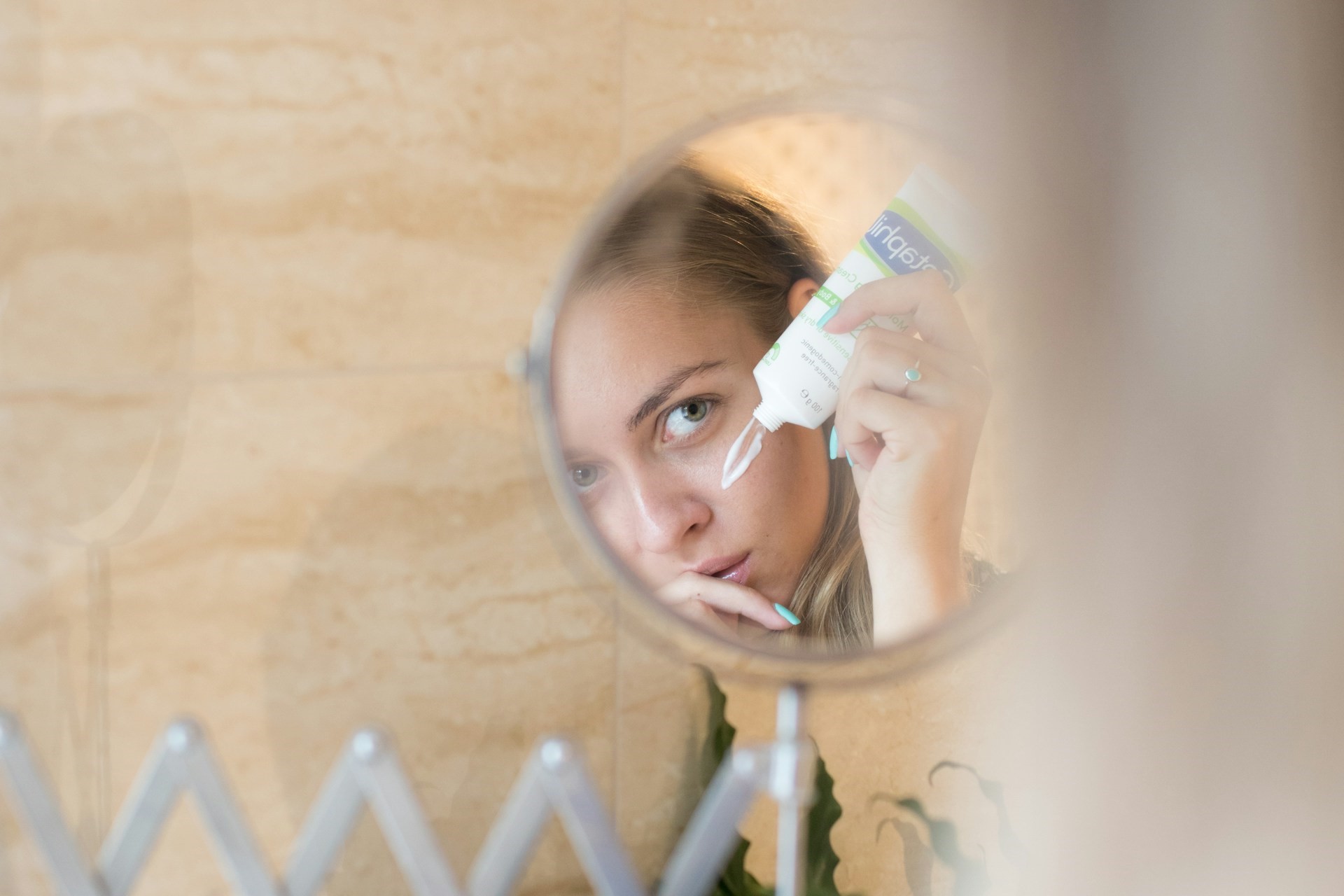
In the UK, there are several types of Botox available, such as traditional Botox injections, topical Botox cream, and even Botox tablets.
Each type is specifically designed to provide the well-known benefits of Botox in different ways, accommodating various patient preferences and treatment needs.
By understanding these options, consumers can make informed decisions about their aesthetic treatments.
1. Botox Injections
Botox injections represent the most prevalent form of Botox treatment, administered directly into targeted muscles to achieve specific aesthetic outcomes. Renowned for their effectiveness in reducing wrinkles and fine lines, these injectable treatments are a popular choice for many individuals seeking facial rejuvenation, thus establishing themselves as a cornerstone of the beauty industry.
The procedure typically begins with a consultation, during which a skilled practitioner evaluates the areas of concern and discusses the patient’s aesthetic goals. Following this, a fine needle is employed to deliver small doses of Botox precisely into designated muscles, ensuring minimal discomfort for the patient.
Results are often noticeable quite quickly, with many individuals observing a smoother appearance within just a few days, while the full effects become evident within two weeks.
Not only does the treatment reduce the signs of ageing, but it also enhances facial contours, providing a fresher and more youthful look. Patients can expect lasting results, typically ranging from three to six months, making it a convenient option for those wishing to maintain their enhanced appearance.
2. Botox Cream
Botox cream presents a non-invasive alternative to traditional Botox injections, allowing individuals to apply the product topically to specific areas of concern. This option is particularly appealing to those who may feel apprehensive about needles yet still wish to enjoy the benefits of Botox, such as reduced wrinkles and enhanced skin texture.
The application process is quite simple; it involves gently massaging the cream into clean, dry skin, typically once or twice a day. Many users report a gradual smoothing of fine lines over time, as the formulation penetrates effectively to deliver its active ingredients.
When comparing the effectiveness of Botox cream to injectable Botox, it becomes evident that while the cream might take longer to produce noticeable results, it offers a more comfortable experience without the downtime associated with injections. This makes it an attractive skincare choice for individuals seeking a straightforward, at-home solution for maintaining youthful skin while reaping the benefits of non-invasive treatments.
3. Botox Pills
Although still emerging in the UK, Botox pills present an innovative approach to delivering the benefits of Botox through oral treatment methods. This option aims to provide a more convenient and less invasive alternative, appealing to patients who prefer non-injection options.
By potentially reducing the discomfort associated with traditional injections, these pills could attract a broader audience interested in aesthetic enhancements. Early research indicates a variety of benefits, such as reduced facial wrinkles and improved skin texture, which has led to heightened consumer interest in these groundbreaking treatments.
However, it is essential to consider the limitations of this approach, as responses to treatment can vary significantly among individuals. Some may experience side effects or find the treatment less effective.
Therefore, patient experiences are invaluable in assessing both the efficacy and practicality of this alternative method, ultimately guiding future innovations in the cosmetic industry.
How To Choose A Botox Provider In The UK?

Selecting the appropriate Botox provider in the UK is vital for achieving a safe and effective treatment experience.
Given the multitude of options available, it is important to take into account several factors, including the qualifications of the practitioners, online reviews, and recommendations from previous patients.
Making an informed decision can greatly influence the overall outcome and enhance patient satisfaction.
1. Qualifications And Experience
When selecting a Botox provider, it is crucial to verify their qualifications and experience in administering this treatment. Certified practitioners with a solid track record are more likely to deliver safe and effective results, ensuring that patients receive the highest standards of care.
Choosing a provider with the right credentials indicates that they have undergone rigorous training and adhere to the latest safety protocols. This background not only fosters confidence but also has a significant impact on the outcomes of the treatments.
Providers with ample experience possess a deeper understanding of facial anatomy, which can lead to improved aesthetic results and greater patient satisfaction. They are generally more skilled at managing any potential complications that may arise, offering reassurance and a higher level of care throughout the process.
2. Reviews And Recommendations
Patient reviews and recommendations are invaluable resources when selecting a Botox provider, offering insights into the experiences and satisfaction levels of others. Online reviews can assist prospective patients in gauging the quality of service, safety standards, and effectiveness of treatments provided by local clinics.
By carefully analysing these testimonials, individuals can gain a better understanding of customer loyalty towards specific providers. Positive feedback often indicates a high level of service quality, suggesting that a clinic prioritises patient care and satisfactory results. On the other hand, unfavourable reviews can highlight areas of concern, prompting individuals to consider alternative options.
When evaluating these insights, it is crucial to look at overall trends rather than isolated comments. This approach allows for a more comprehensive understanding of a clinic’s reputation and reliability, ultimately aiding patients in making informed decisions.
3. Cost And Payment Options
Understanding the costs associated with Botox treatments and the available payment options is crucial for prospective patients. Many clinics provide a variety of treatment packages and financing plans, enabling patients to manage their expenses while ensuring they receive quality care from qualified practitioners.
It is important for individuals to consider the different cost structures that clinics may offer, as these can significantly affect overall expenses. Some locations charge per unit of Botox, while others may have flat rates for specific areas of treatment. Many facilities also emphasize the importance of transparency in pricing, which helps clients avoid unexpected charges.
Additionally, several providers offer promotional discounts or loyalty programs, making it more accessible for patients to pursue their aesthetic goals without straining their budgets. By understanding these factors, potential clients can make informed decisions that align with their financial situation and desired outcomes.
4. Safety And Cleanliness Standards
When selecting a Botox provider, safety and cleanliness standards should be of utmost importance, as these factors have a direct impact on treatment outcomes and patient well-being. Clinics that follow strict safety protocols not only protect their patients but also cultivate trust within the beauty market, thereby enhancing their brand reputation.
In a field where personal health is closely linked to beauty, it is essential for patients to feel confident that their chosen provider adheres to relevant healthcare regulations. These standards govern not just the handling of Botox products but also ensure that treatments are carried out in hygienic environments.
Ethical marketing plays a crucial role in promoting these practices. Providers who highlight their commitment to safety and cleanliness can stand out in a competitive marketplace. Ultimately, prioritising these elements creates a culture of safety that benefits both patients and professionals alike.
What Are The Potential Side Effects Of Botox?

Botox is generally regarded as safe; however, it is important to acknowledge that potential side effects can arise, ranging from temporary concerns to rare but serious complications.
Understanding these side effects is essential for patients, as it enables them to make informed decisions about their treatments and to set realistic expectations regarding the outcomes.
1. Temporary Side Effects
Temporary side effects of Botox are quite common and generally include bruising, swelling, and mild discomfort at the injection site. Fortunately, these issues typically resolve within a few days, and proper post-treatment care can help minimise discomfort and enhance recovery.
Recognising that these side effects are usually short-lived can greatly ease any anxiety patients may feel. To manage discomfort, gently applying ice packs to the affected area can be beneficial, and over-the-counter pain relief may also offer relief.
It is essential for individuals to follow specific post-treatment instructions provided by their healthcare professionals. This may include avoiding strenuous activities or excessive sun exposure for a short period.
By adhering to these guidelines, patients can ensure a smoother recovery process, ultimately leading to greater satisfaction with their treatment results. Effective management of temporary side effects not only contributes to a more pleasant experience but also enhances the overall effectiveness of the Botox treatment.
2. Rare But Serious Side Effects
Whilst serious side effects from Botox are uncommon, they can occur and may include allergic reactions or unintended muscle weakness. These potential complications emphasise the importance of conducting thorough risk assessments and ensuring that all procedures adhere to established safety standards.
When contemplating these treatments, it is essential for individuals to seek out qualified practitioners who possess both experience and a proven track record in the field.
Understanding the potential risks associated with Botox is not merely a precaution; it is a vital aspect of safeguarding one’s health. Practitioners should be open and transparent about the possible side effects and provide comprehensive information to prospective clients.
Engaging in this dialogue is crucial for fostering an environment in which informed decisions can be made. This allows individuals to carefully weigh the benefits against any potential health implications. Ultimately, prioritising safety in cosmetic procedures can lead to more satisfactory outcomes and enhance public confidence in these treatments.
How To Prepare For A Botox Treatment?
Preparing for a Botox treatment involves several important steps to ensure a successful outcome and reduce the likelihood of any side effects. This preparation typically begins with a patient consultation, where individuals can discuss their goals and expectations.
During this meeting, it is also essential to receive any necessary pre-treatment advice that can help optimise the results of the procedure.
1. Consultation With A Provider
A consultation with a qualified practitioner is a vital first step before undergoing Botox treatment. This meeting provides patients with the opportunity to discuss their goals and medical history, ensuring that the treatment plan is tailored to their individual needs and expectations.
During this initial meeting, it is important for individuals to clearly express their desires, detailing specific concerns they wish to address—whether that involves reducing fine lines or enhancing facial symmetry.
Effective communication at this stage not only fosters trust between the patient and the practitioner but also helps create a more personalised experience.
Patients should feel at ease to ask questions and voice any concerns they may have, as these discussions are essential in guiding practitioners to recommend the most suitable techniques and dosages.
This collaborative approach helps to achieve the desired outcomes safely and effectively.
2. Pre-Treatment Instructions
Following specific pre-treatment instructions is crucial for ensuring patient safety and maximising the effectiveness of Botox treatments. These guidelines may include avoiding certain medications, alcohol, and intense physical activities prior to the procedure.
By adhering to these recommendations, patients can significantly reduce the risk of complications and improve the overall results. Practitioners typically advise against using blood thinners such as aspirin and non-steroidal anti-inflammatory drugs, as these can heighten the chances of bruising at the injection sites.
It is often recommended to schedule the treatment away from significant life events or occasions, allowing time for any potential swelling or bruising to subside. Additionally, staying well-hydrated and maintaining a good skincare routine in the days leading up to the appointment can contribute to a smoother experience.
These precautions demonstrate a commitment to patient well-being and the treatment’s effectiveness.
What To Expect During And After A Botox Treatment?
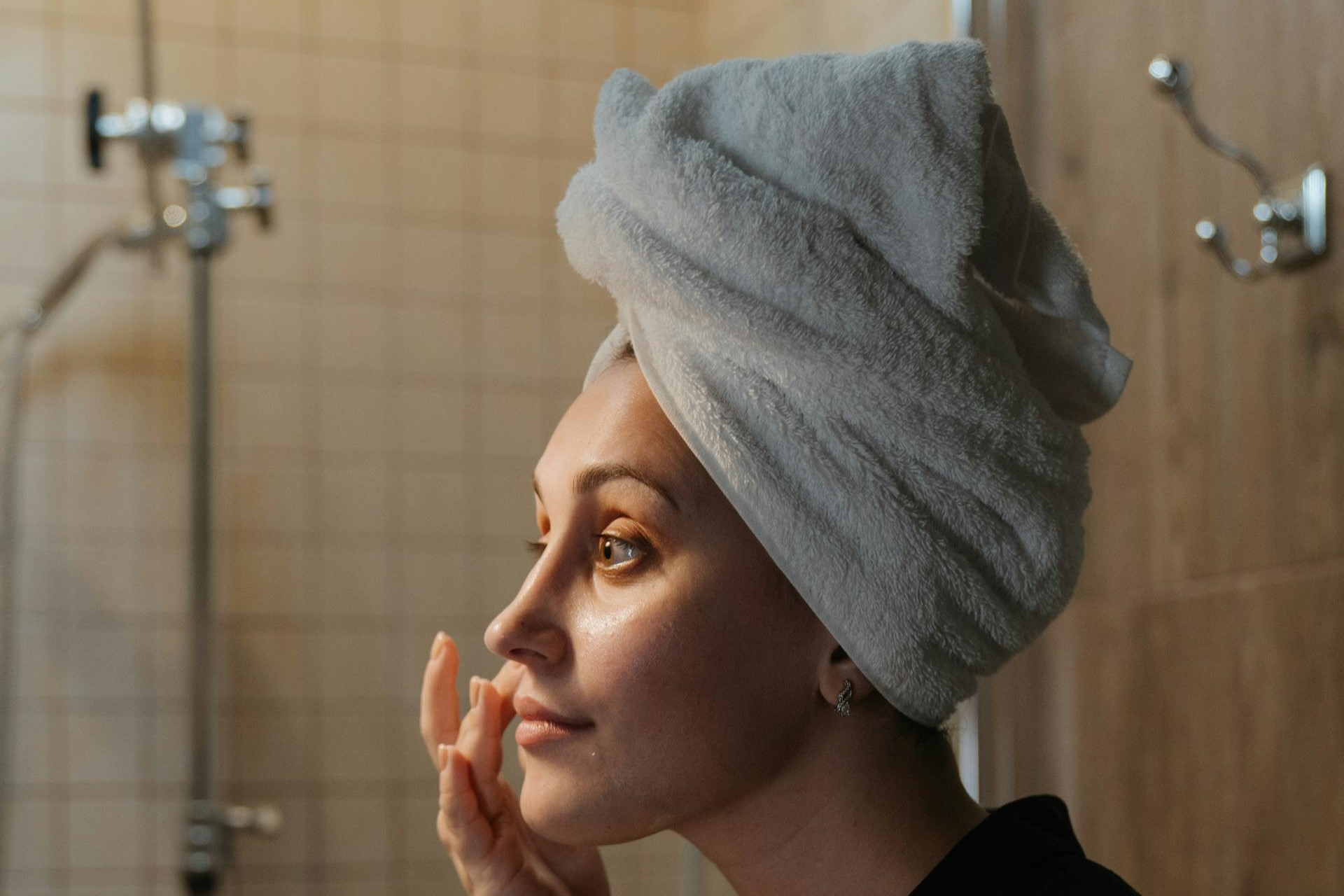
Understanding what to expect during and after a Botox treatment is essential for patients aiming for optimal results. The treatment process usually consists of a brief series of injections, and it is important to follow specific aftercare instructions to enhance the results and reduce potential side effects.
1. The Injection Process
The Botox injection process is generally quite brief, typically taking between 10 and 30 minutes, depending on the number of treatment areas being addressed. Qualified practitioners use fine needles to deliver the product precisely into the targeted muscles, which helps to ensure minimal discomfort while achieving effective results.
The skill and experience of the practitioner are crucial in attaining the best possible outcomes. They take the time to assess the patient’s facial anatomy and customise the injection technique, which enhances both safety and efficacy.
Before the treatment begins, a comprehensive consultation is conducted to understand the patient’s objectives and address any concerns they may have about the process. Many practitioners also use techniques such as ice packs or topical anaesthetics to further alleviate any sensations during the procedure.
When administered correctly, patients often report high levels of satisfaction, as they appreciate the quick transformation and natural-looking results that enhance their features.
2. Immediate And Long-Term Results
Patients can anticipate experiencing immediate effects from Botox treatments, with optimal results typically becoming noticeable within a few days after the procedure. The long-term efficacy of Botox generally lasts between three to six months, which means that follow-up sessions will be necessary to maintain the desired benefits.
In the days following the treatment, many individuals often observe a smoother and more refreshed appearance as muscle activity diminishes gradually. The benefits do not stop there; as time goes on, the full effects become increasingly evident, often reaching their peak around the two-week mark.
To sustain these results, it is important to schedule follow-up treatments at the recommended intervals. This helps ensure that lines and wrinkles remain softened, allowing individuals to maintain a youthful appearance.
Each session is crucial in extending the overall effectiveness of the treatment, contributing to increased confidence and satisfaction with one’s appearance.
3. Aftercare Instructions
Following proper aftercare instructions is crucial for achieving the best results from Botox treatments and enhancing patient satisfaction. Typically, recommendations include avoiding strenuous activities, refraining from rubbing the injection sites, and carefully following any specific guidance provided by practitioners.
These guidelines are vital in preventing complications and maximising the treatment’s effectiveness. Patients should avoid lying down for a few hours after the treatment to allow the Botox to settle properly. Additionally, caution is advised when it comes to direct sun exposure and applying make-up, as these actions can irritate the injection sites.
Staying well-hydrated and following up with the healthcare provider regarding any concerns can significantly impact achieving the desired outcomes. Ultimately, a commitment to diligent aftercare ensures that the benefits of the Botox treatment are not only immediate but also enduring.
Frequently Asked Questions
How much does botox cost in the UK in 2025?
The predicted cost of Botox in the UK in 2025 is difficult to determine as prices can vary depending on location, provider, and the amount of Botox required for treatment. However, it is expected that the cost will continue to increase gradually over time.
Will the cost of Botox in the UK in 2025 be significantly higher than current prices?
It is possible that the cost of Botox in the UK in 2025 will be higher than current prices due to various factors such as inflation and the demand for the treatment. However, the exact amount of increase cannot be predicted accurately.
What are the factors that can affect the cost of Botox in the UK in 2025?
The cost of Botox in the UK in 2025 can be affected by factors such as the location of the provider, the experience and expertise of the injector, the amount of Botox required for treatment, and any additional fees or promotions offered by the provider.
Is Botox expected to be more affordable or more expensive in the UK in 2025 compared to other countries?
It is difficult to say whether Botox will be more affordable or more expensive in the UK in 2025 compared to other countries. The cost can vary greatly depending on the location and provider, so it is best to research and compare prices before making a decision.
Can I expect any advancements in technology or techniques to affect the cost of Botox in the UK in 2025?
It is possible that advancements in technology or techniques may affect the cost of Botox in the UK in 2025. As new methods and technologies are developed, they may be more efficient and cost-effective, potentially leading to a decrease in the overall cost of Botox treatments.
Are there any potential hidden costs associated with getting Botox in the UK in 2025?
Yes, there may be hidden costs associated with getting Botox in the UK in 2025. These can include consultation fees, follow-up appointments, or additional treatments recommended by the provider. It is important to clarify and understand all associated costs before undergoing any Botox treatment.


